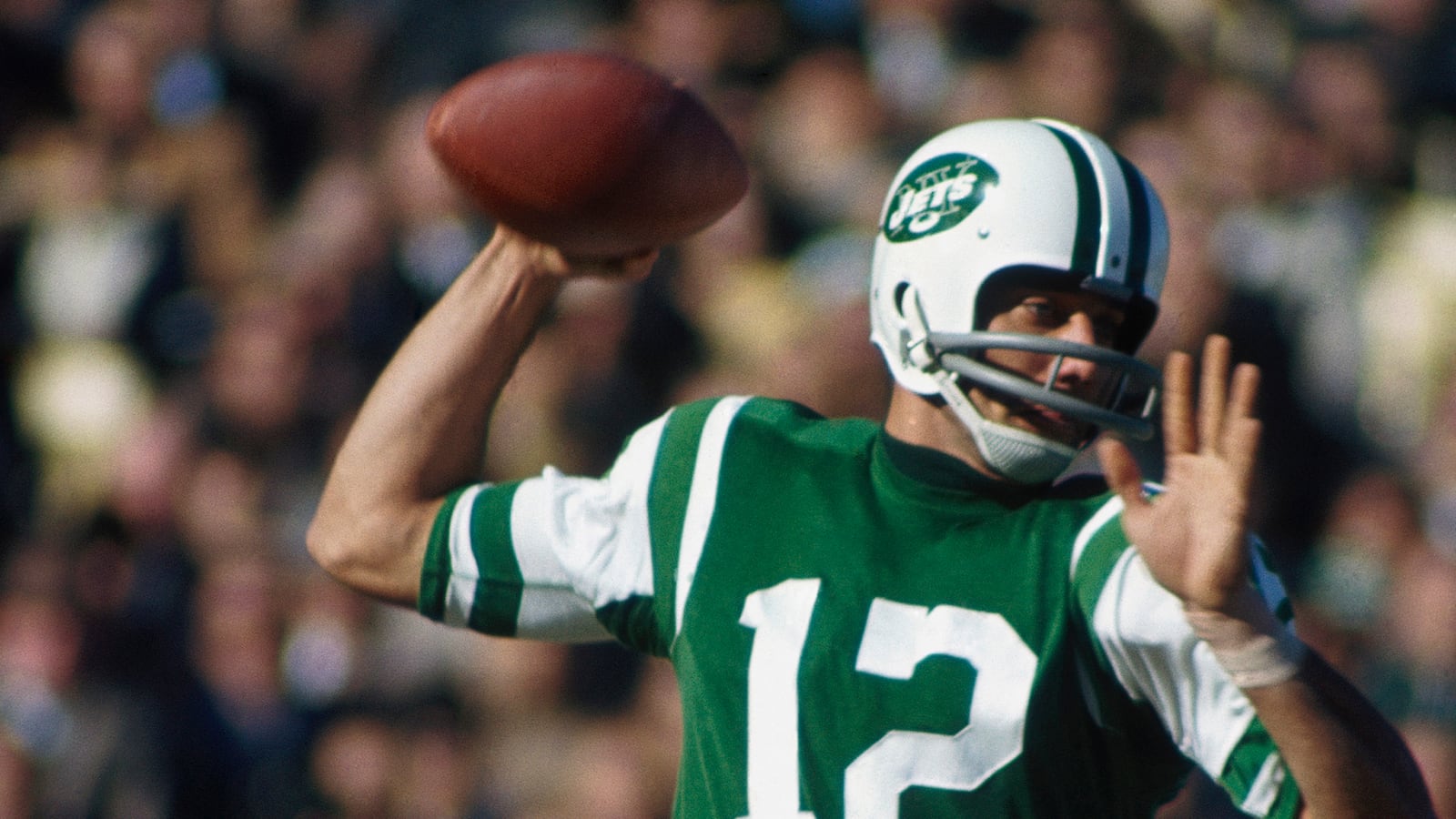For a long time baseball was considered the National Pastime and, as many writers liked to affirm through baseball’s rich bibliography, that sport was integral to American culture. In the last two or three decades, the concept of America’s Game arose and football, both at the collegiate and professional levels, has risen to great popularity and commensurate revenues and a powerful corporate force with which to be reckoned.
As is evident from what follows, the writing about America’s Game is beginning to catch up with the rich lore of the National Pastime. There is no shortage of characters, epic rivalries, and landmark contests as well as a dark side that is manifest in the head-injury dispute and the questionable practices of elite college programs. Here are some classics:
The Blind Side: Evolution of a Game by Michael Lewis
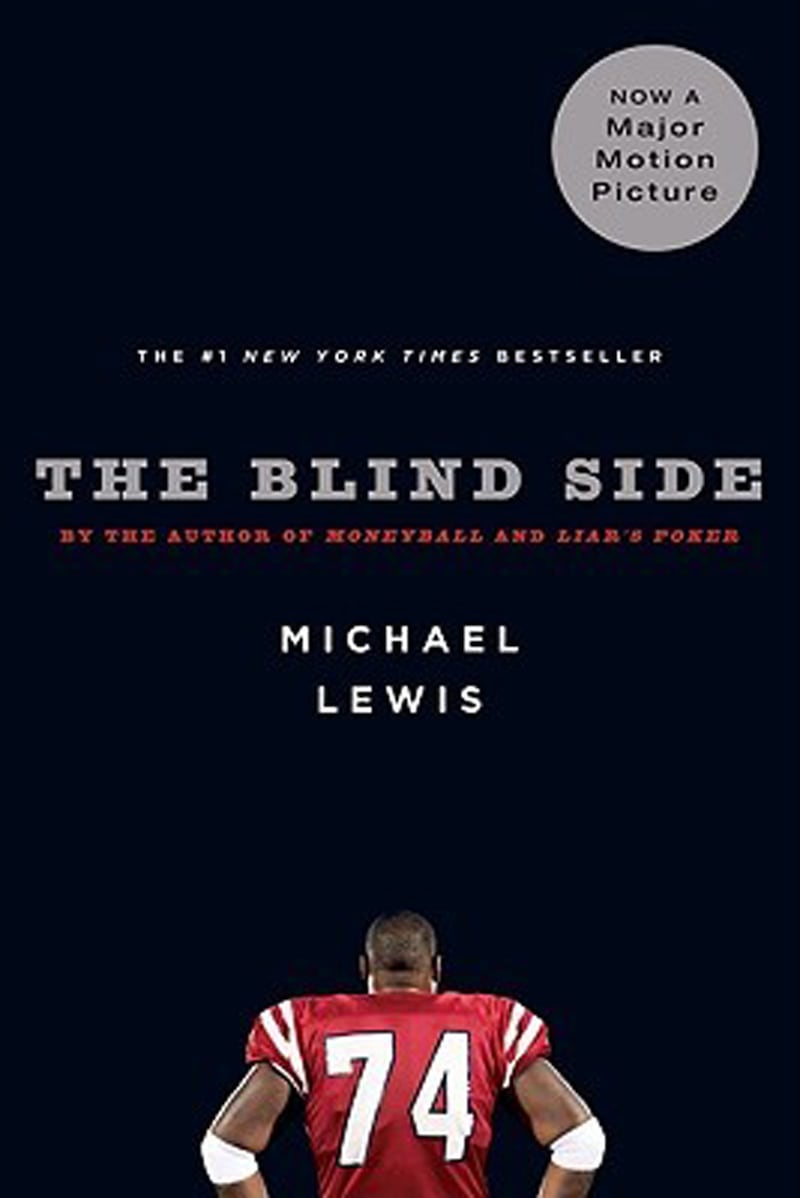
It’s a feel good story about 13-year-old Michael Oher, one of 13 children by a mother addicted to crack, who with the help of a rich, white, evangelical family, goes to college and ends up in the NFL. Lewis provides an interesting sidebar exhibiting the capriciousness of the NCAA.
End Zone by Don DeLillo
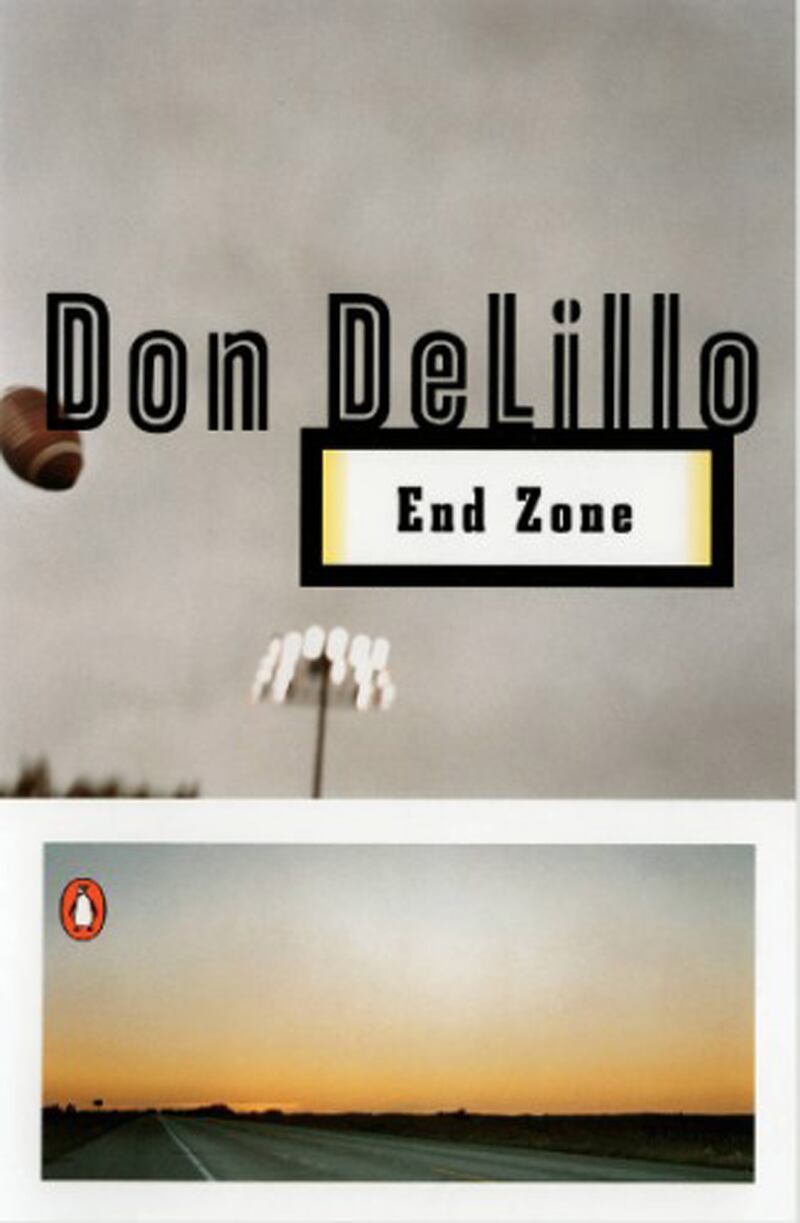
One can count memorable football novels on one hand—this one by Don DeLillo was written early in his career. Set in West Texas, running back Gary Harkness, who is obsessed with nuclear war, ruminates on the interchangeable argot of football and atomic warfare—both having a language of end zones. DeLillo explores and explodes the mistaken metaphor of football as warfare—and then some.
A Fan’s Notes: A Fictional Memoir by Frederick Exley

Published in 1968, it’s the first volume of Exley’s somewhat fictional autobiographical trilogy. This cult classic seesaws between laying bare the void of sports fandom and the author’s heartbreaking account of mental illness and alcoholic decline. Exley’s obsession with the New York Giants’ star receiver, Frank Gifford, is the centerpiece of a narrative that serves as a sort of prequel to our current era of sports fanaticism and excess.
Out of Their League by Dave Meggyesy
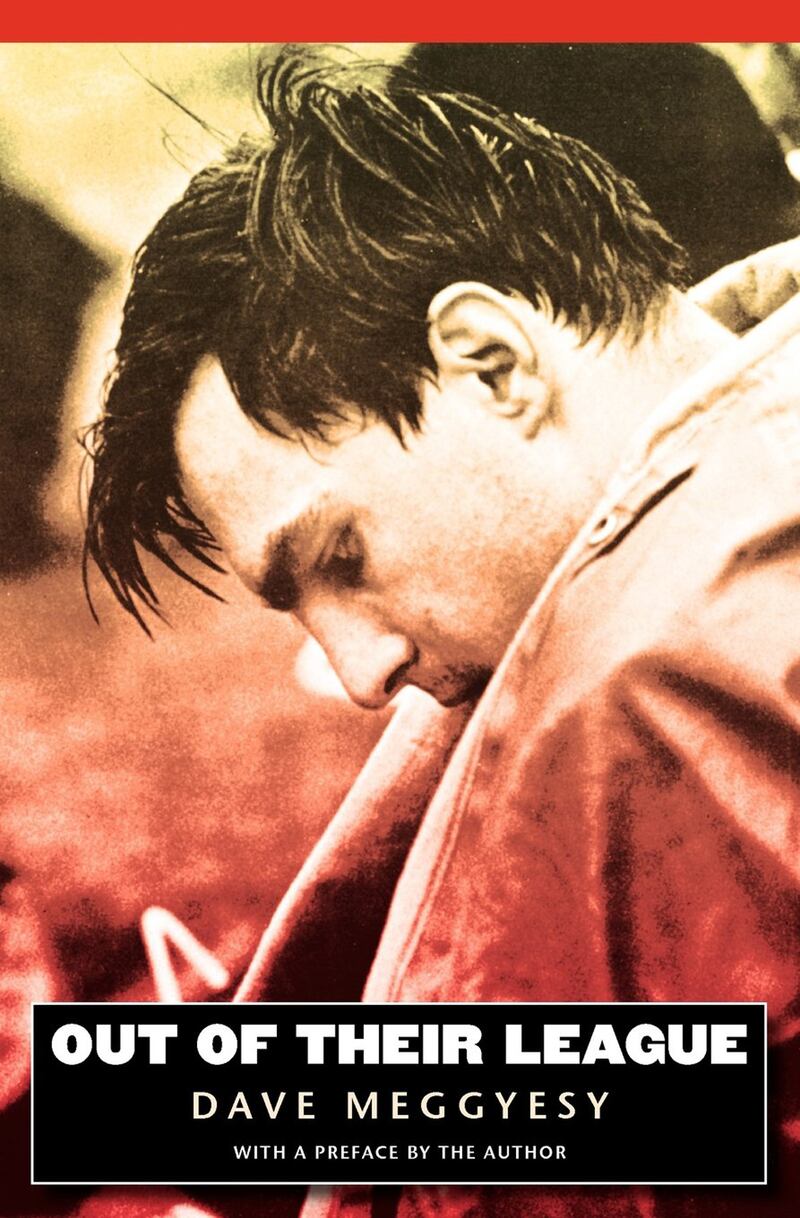
A defensive player with then St. Louis Cardinals during the ’70s, Dave Meggyesy quit at the height of his career and exposed the previously hidden dehumanizing side of the NFL in this classic tell-all of the dark side of football played at the highest levels. Meggyesy went on to be an important functionary with the NFL Players union.
Collision Low Crossers by Nicholas Dawidoff
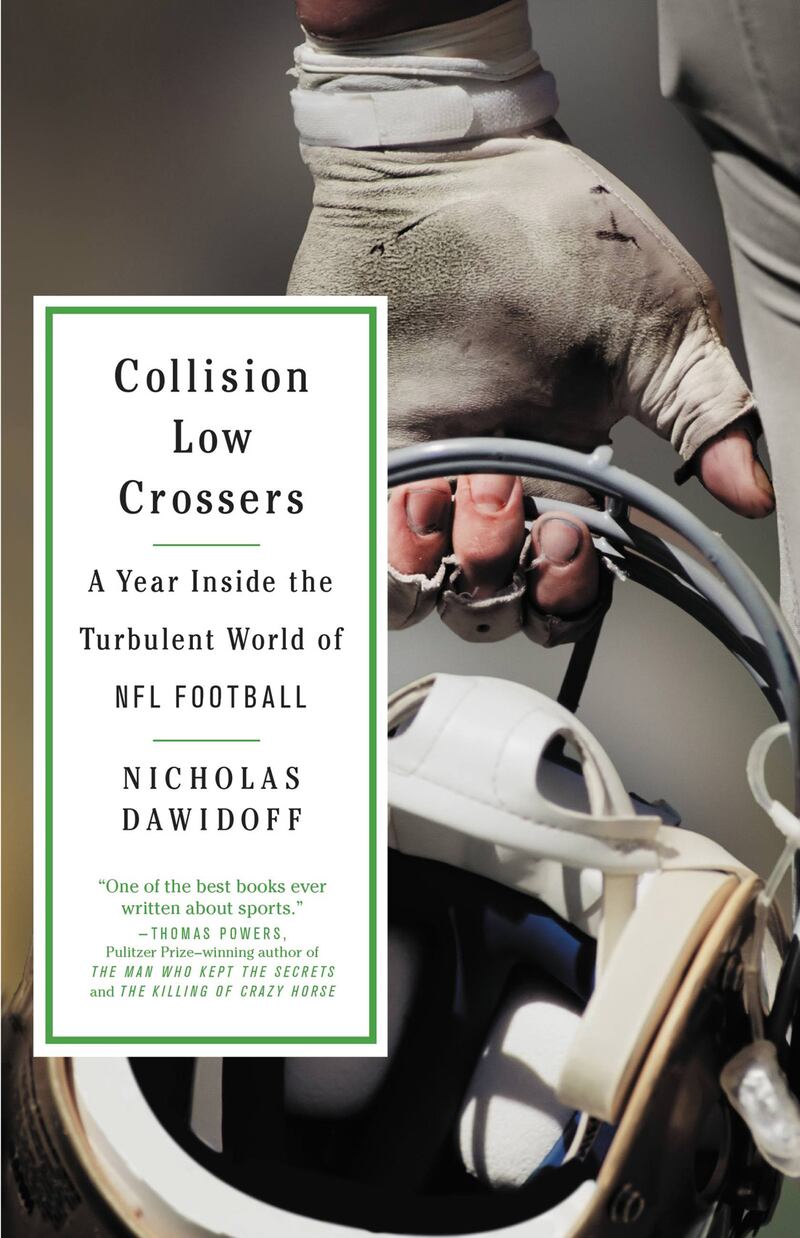
Writer Nicholas Dawidoff (The Catcher Was a Spy: The Mysterious Life of Moe Berg) spent a year embedded with the New York Jets—with head coach Rex Ryan, who was preternaturally forthcoming. Dawidoff was given unlimited access to everyone connected with the Jets, from the front office to the team video intern. In fact, he was even allowed to call a few plays in an exhibition game. The takeaway from this scrupulously rendered and well-articulated narrative is how complicated football is (only 10 percent of the time do all 11 players do what a play calls for) and how smart and dedicated the players are.
Friday Night Lights: A Town, A Team, And A Dream by H.G. Bissinger
Now a quarter of a century since its publication, the classic Friday Night Lights vividly spotlights one Texas high school’s championship season. It spawned a movie and an excellent television series and most assuredly a keener understanding of how deep football runs in many small towns and communities across the country.
Football: Great Writing About the National Sport, a Special Publication of The Library of America, edited by John Schulian
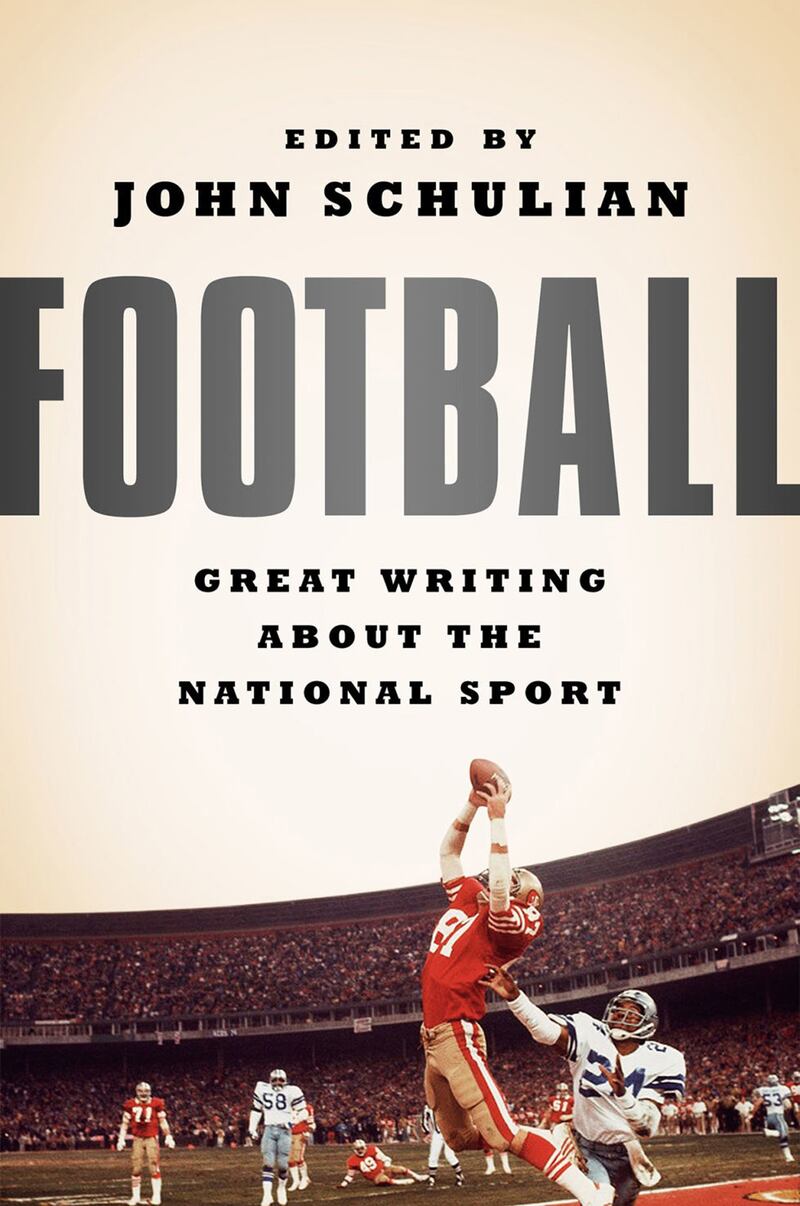
The Library of America has published anthologies of writing about baseball and boxing, as well as collections devoted to the writing of great sports scribes W.C. Heinz and Red Smith. Now feast on this collection of 44 football pieces featuring great sports journalists such as Red Smith, Frank Deford, Jimmy Breslin, George Plimpton, Richard Price, Charles Pierce, Michael Lewis, and Roy Blount Jr.
You Can't Make This Up: Miracles, Memories, and the Perfect Marriage of Sports and Television by Al Michaels with L. Jon Wertheim

In his 40-plus-year career, sportscaster Al Michaels is the only play-by-play commentator to have covered all four major sports championships: The Super Bowl, World Series, NBA Finals, and the Stanley Cup Final. He has covered his share of football and here he shares accounts of his encounters with Bill Walsh, Peyton and Eli Manning, Brett Favre, John Madden, Howard Cosell, Cris Collinsworth, and more.
The Best American Sports Writing 2015 edited by Wright Thompson and Glenn Stout
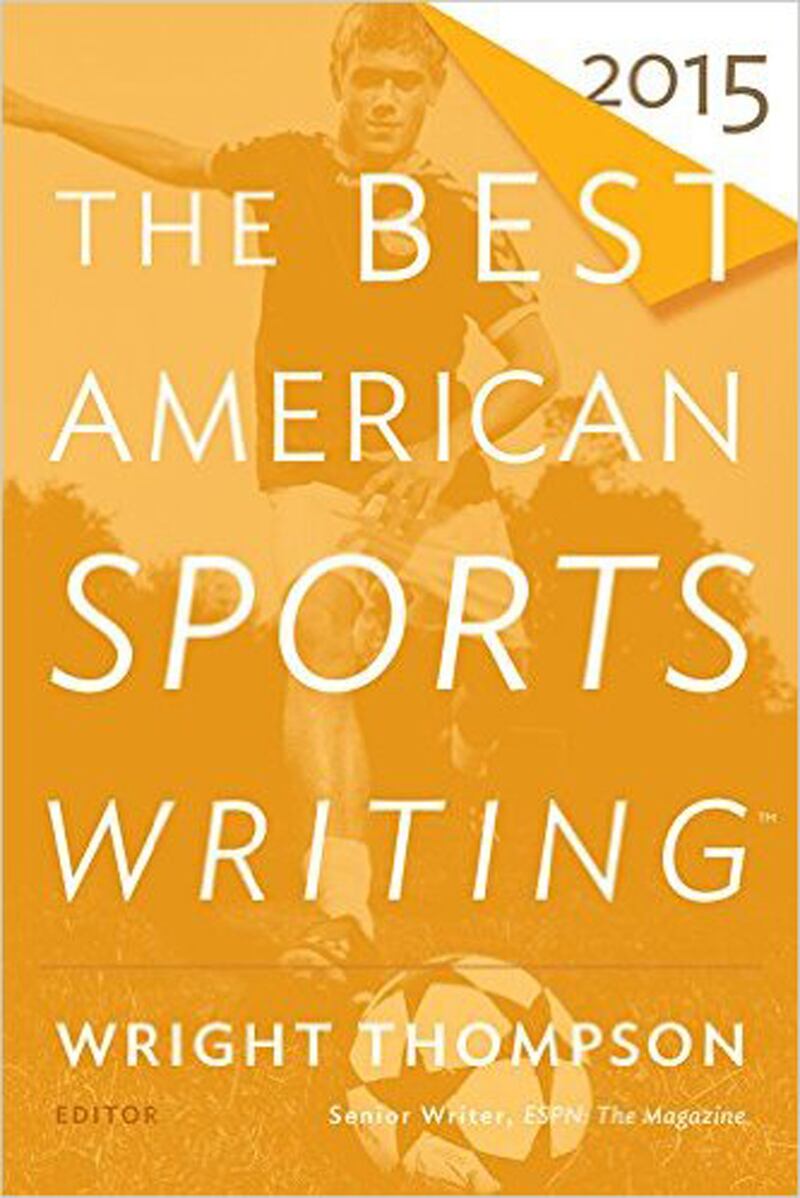
Now in its 25th year, this annual anthology culls hundreds of sports publications to publish 20 or so stellar examples of great sports journalism. This edition contains five football stories—including Tim Graham’s heart-breaking, “Broke and Broken” about 14-year NFL veteran Darryl Talley’s precipitous and tragic decline, (a story mirrored in some of the books that follow below). Also, Joel Anderson’s “Two Michael Sams,” Don Van Natta’s “Football Jerry” (about Dallas Cowboys owner Jerry Jones), Christopher Beam’s “The Year of the Pigskin” (about football in China), and Dan Wetzel’s “Peyton Manning Leaves a Crushing Super Bowl Loss with Reputation Intact.”
Football For Dummies by Howie Long and John Czarnecki
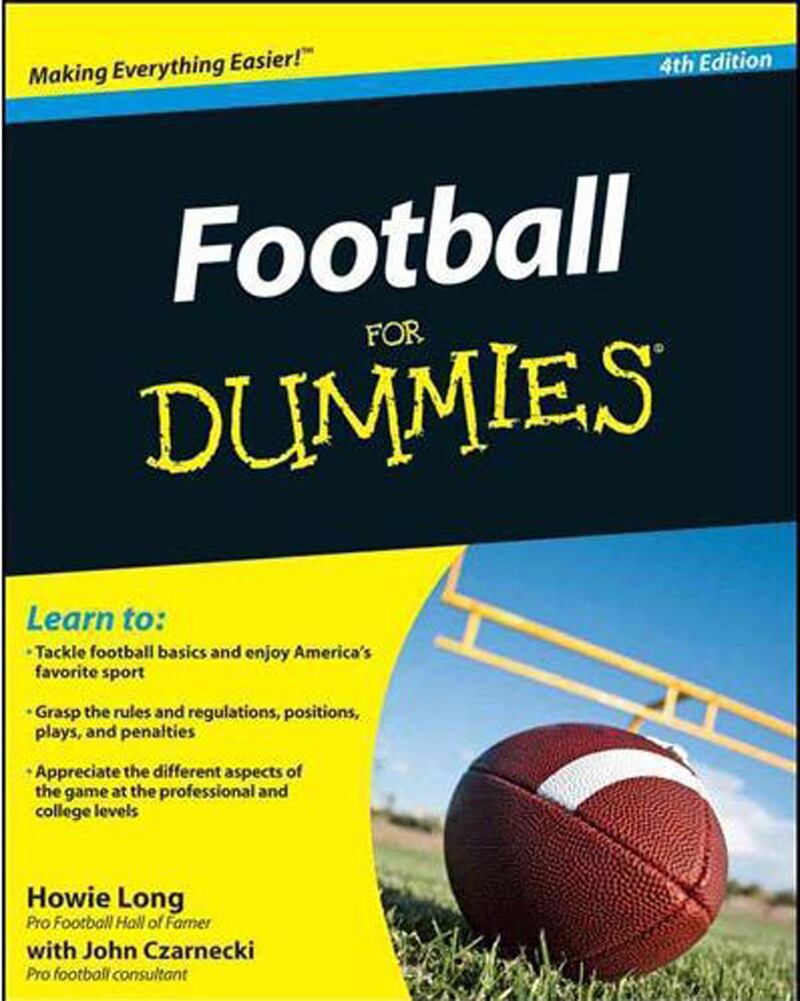
Despite football’s popularity, most of its fans have only a rudimentary grasp of what they are watching—which makes sense when one considers that most Americans are fans of teams not sports. Despite the jocular tone typical of the For Dummies books, former Oakland Raider and current NFL analyst Howie Long and football consultant John Czarnecki offer a comprehensive and updated guide to football (with current information on new stadium technology, new players, and the latest rules and regulations).
Why Football Matters: My Education in the Game by Mark Edmundson
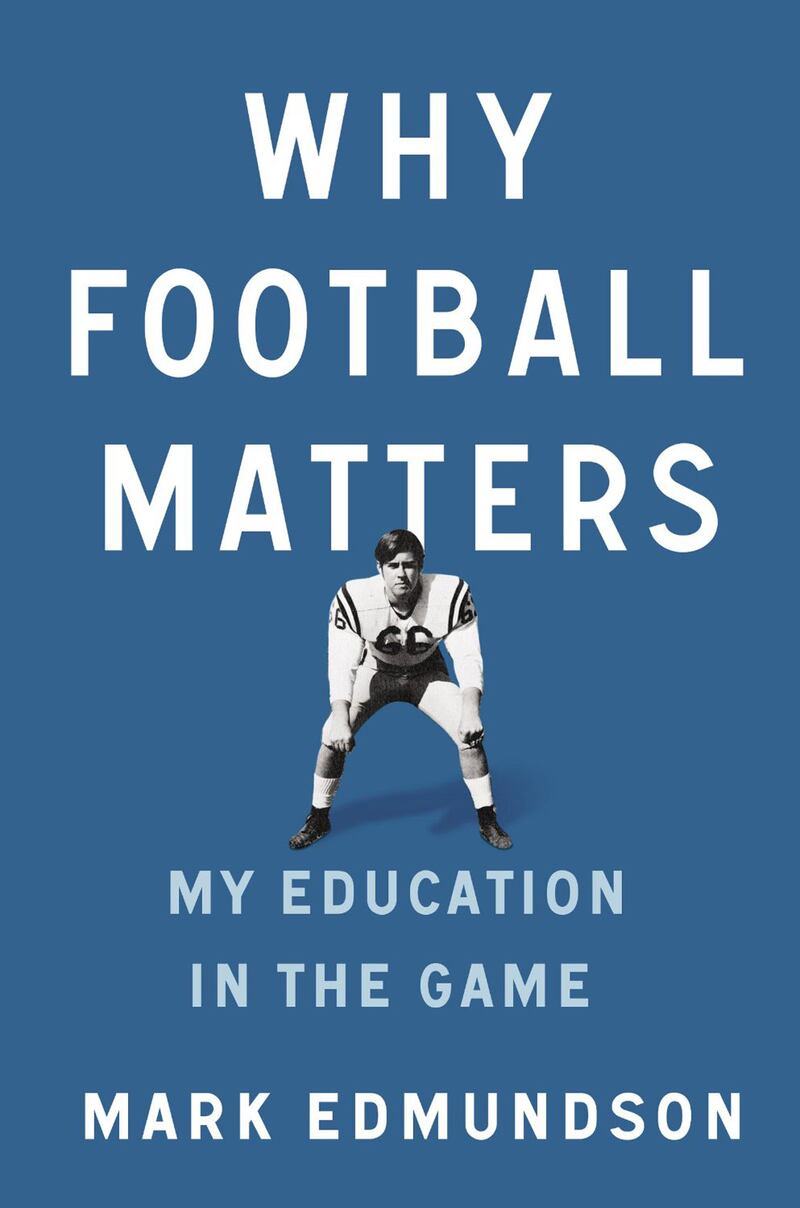
Essayist Mark Edmundson weaves his own history with football and his ambivalence about the sport as his son takes up and excels at organized football. It’s a story played out on thousands of fields across the country. Parents weighing the benefits of playing—building character, developing courage and toughness, learning about loyalty and team spirit—against the brutality and celebration of violence, thoughtlessness, and ruthlessness that are also prevalent.
Concussion by Jeanne Marie Laskas

The controversial issue (only for the NFL) of the connection of head trauma and football is not going away. This account of pathologist Dr. Bennet Omalu’s medical discoveries begins with his investigation into what caused 51-year-old Pittsburgh Steeler’s Hall of Fame center “Iron Mike” Webster’s premature and fatal decline after retiring from football. This led to Omalu’s conclusion that there was a disease, caused by relentless blows to the head—not news the NFL (which players say stands for “Not for Long”) was willing to consider.
League of Denial: The NFL, Concussions, and the Battle for Truth by Mark Fainaru-Wada
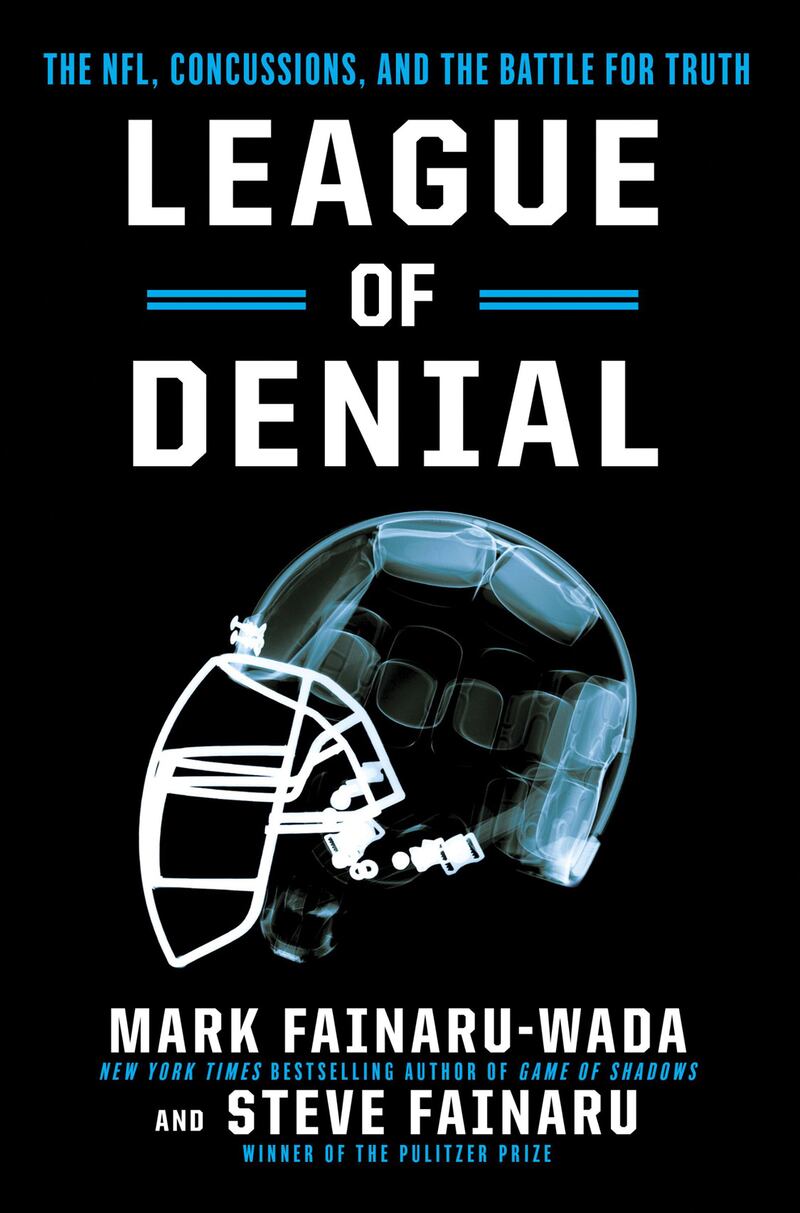
This expose of the National Football League’s response to medical science’s linkage of head trauma to severe debilitation is the seminal study of that gloomy subject and a casebook of corporate greed trumping humane safety concerns. The Frontline special documentary that complements this book reinforces the validity of the medical/scientific claims and the venality of the NFL.
Junior Seau: The Life and Death of a Football Icon by Jim Trotter

Tiaina Baul “Junior” Seau, a 10-time All-Pro and 12-time Pro Bowl pick who started in almost 250 regular season games, committed suicide at the age of 43. Post mortem studies indicate that Seau had been suffering from chronic traumatic encephalopathy (CTE), the type of brain damage that Dr. Bennet Omalu and others have identified in numerous football players.
Brady vs Manning: The Untold Story of the Rivalry That Transformed the NFL by Gary Myers
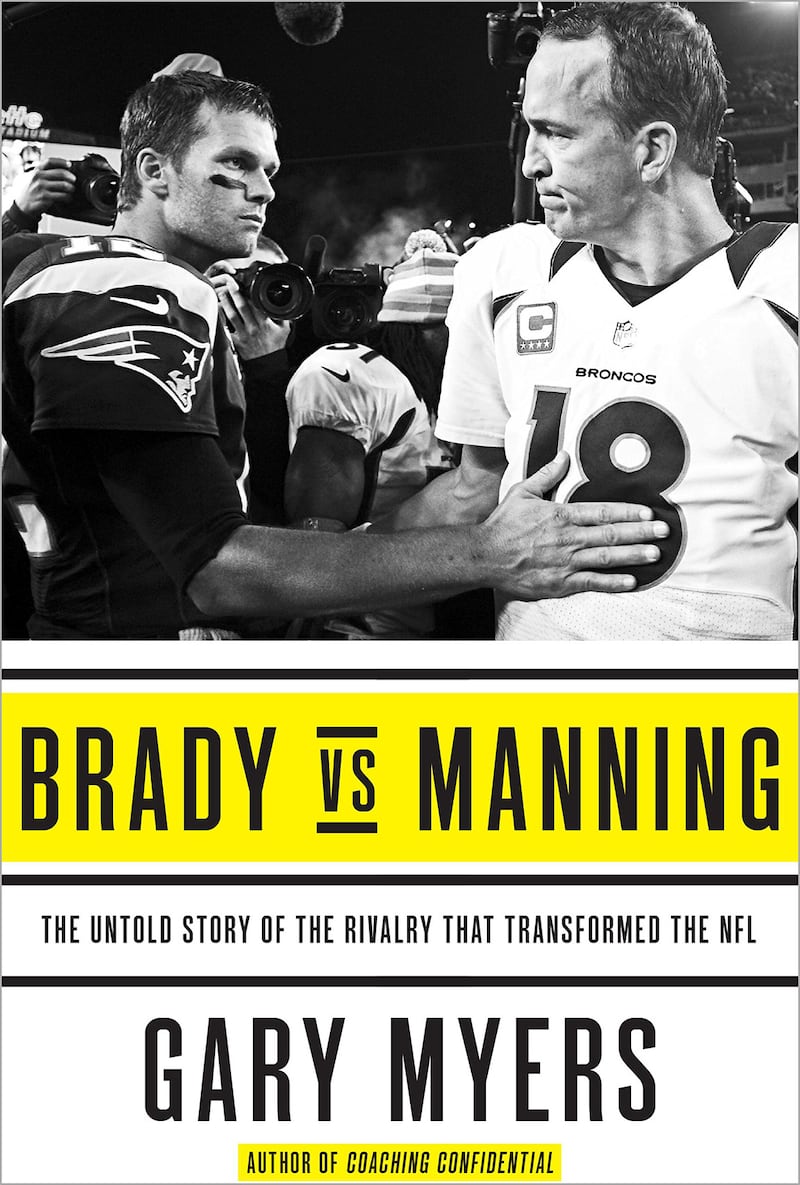
Our era has produced two future Hall of Fame quarterbacks—Tom Brady and Peyton Manning—and as NFL correspondent Gary Myers frames it, the contrast is between “the overachieving underdog” who was a sixth-round draft pick, and “the crown prince of football,” who also is the son of College Football Hall of Famer Archie Manning and brother of Giant QB Eli. Myers also explores the contrast between Brady’s postseason brilliance and Manning’s statistical dominance. It’s a book rife with inside-football stuff fit for connoisseurs of that kind of stuff.
Moving the Chains: Tom Brady and the Pursuit of Everything by Charles P. Pierce

Charlie Pierce’s nine-year-old hagiography is useful and informative and precedes a couple of Super Bowl near-misses and the most recent Super Bowl championship. It will no doubt satisfy Patriot partisans and Tom Brady fanboys.
Montana: The Biography of Football’s Joe Cool by Keith Dunnavant
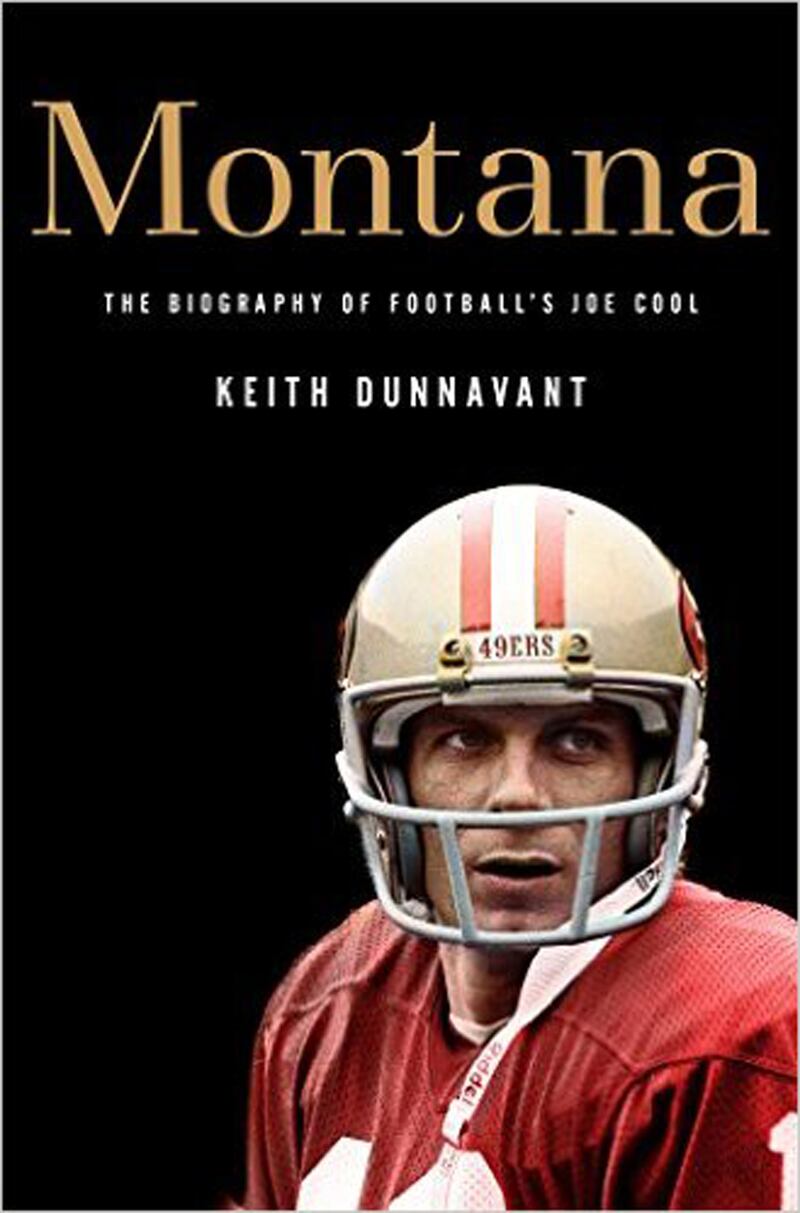
Quarterback Joe Montana led the San Francisco 49ers to four Super Bowl championships over a nine-year period. Nicknamed Joe Cool, he engineered 31 fourth-quarter comebacks (which puts him fifth on the all-time list, with Peyton Manning’s 39 at No. 1). Though he overcame a 22-point deficit to defeat Houston in the 1979 Cotton Bowl, Montana was not highly sought in the NFL. But his talents and personality meshed with his coach Bill Walsh’s so-called West Coach offense. The rest is football legend.
Saban: The Making of a Coach by Monte Burke
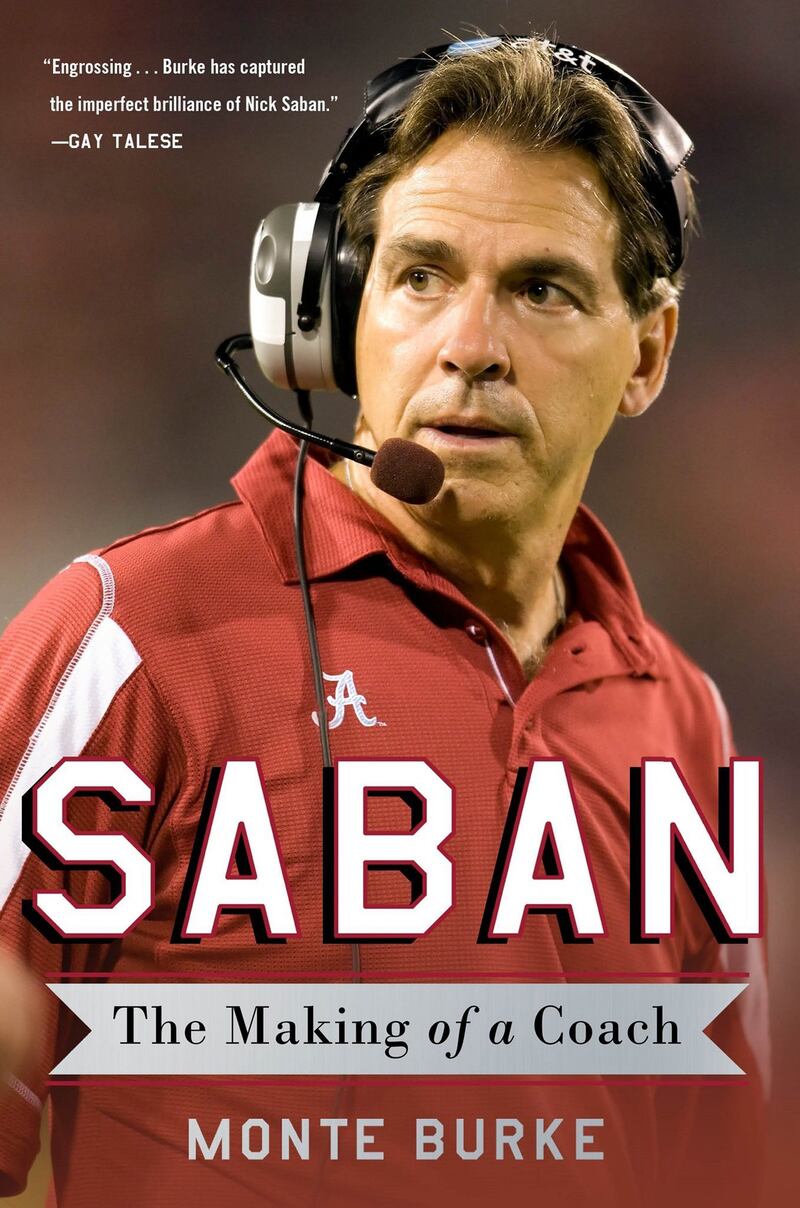
As NFL football has become a big business, the college game has essentially become the sport’s minor league. Consequently, the coaches at major Division 1 football programs are highly visible (and extremely well compensated). None is more visible than Nick Saban, the University of Alabama’s coach who is a six-time National Coach of the Year and, not surprisingly, the highest-paid coach in college football. Forbes magazine staff writer Monte Burke has written the first serious biography of Saban, who joins coaching legends Bear Bryant, Frank Leahy, and John McKay as the only coaches to have won four national championships.
I Feel Like Going On: Life, Game, and Glory by Ray Lewis with Daniel Paisner

Let Ray Lewis, retired Baltimore Ravens linebacker, a TV football analyst, and a man who plea-bargained a murder charge down to a misdemeanor introduce his own memoir: “A lot of folks, they know my game, but they don’t know my deal. This book right here, it tells the story of my 17-year NFL career. It tells of my two Super Bowls, the mark I was blessed to be able to make on the game. But it also tells the story of how I grew up—abandoned by my no-account father, raised with my siblings by our God-fearing, hardworking single mother. It tells how I sometimes struggled off the field. It tells of the anguish and controversy that found me away from the game … and here I hope to show how an unwavering trust in God and an unbreakable sense of purpose can lift you from tragedy to triumph. From strength to strength, man—that’s the deal.”
It's Good to Be Gronk by Rob “Gronk” Gronkowski with Jason Rosenhaus
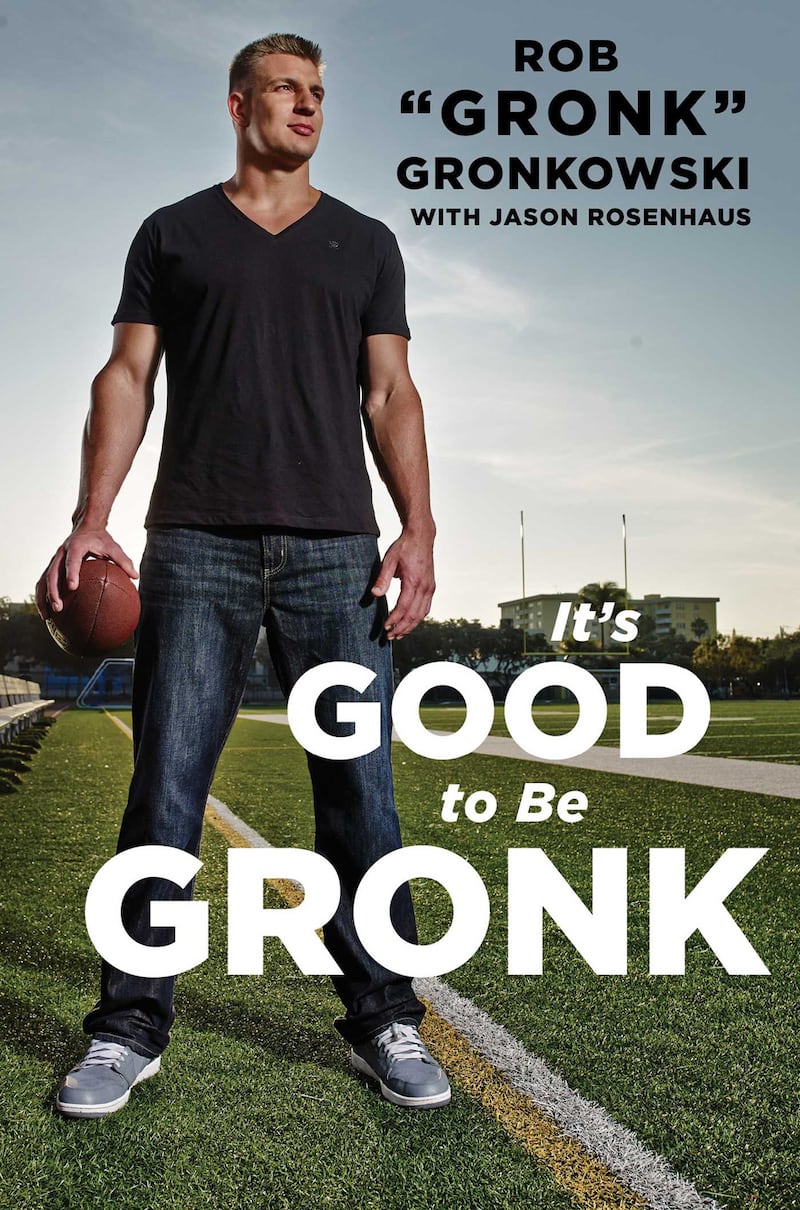
Patriot tight end Rob “Gronk” Gronkowski holds innumerable football records and has become a sports personality (“comedy gold,” says CBS Sports) who perfectly fits today’s relentless sports 24/7 jibber jabber. As CBS Sports would have it, other players are “living in black and white, and Gronk is in color.”
Billion-Dollar Ball: A Journey Through the Big-Money Culture of College Football by Gilbert M. Gaul
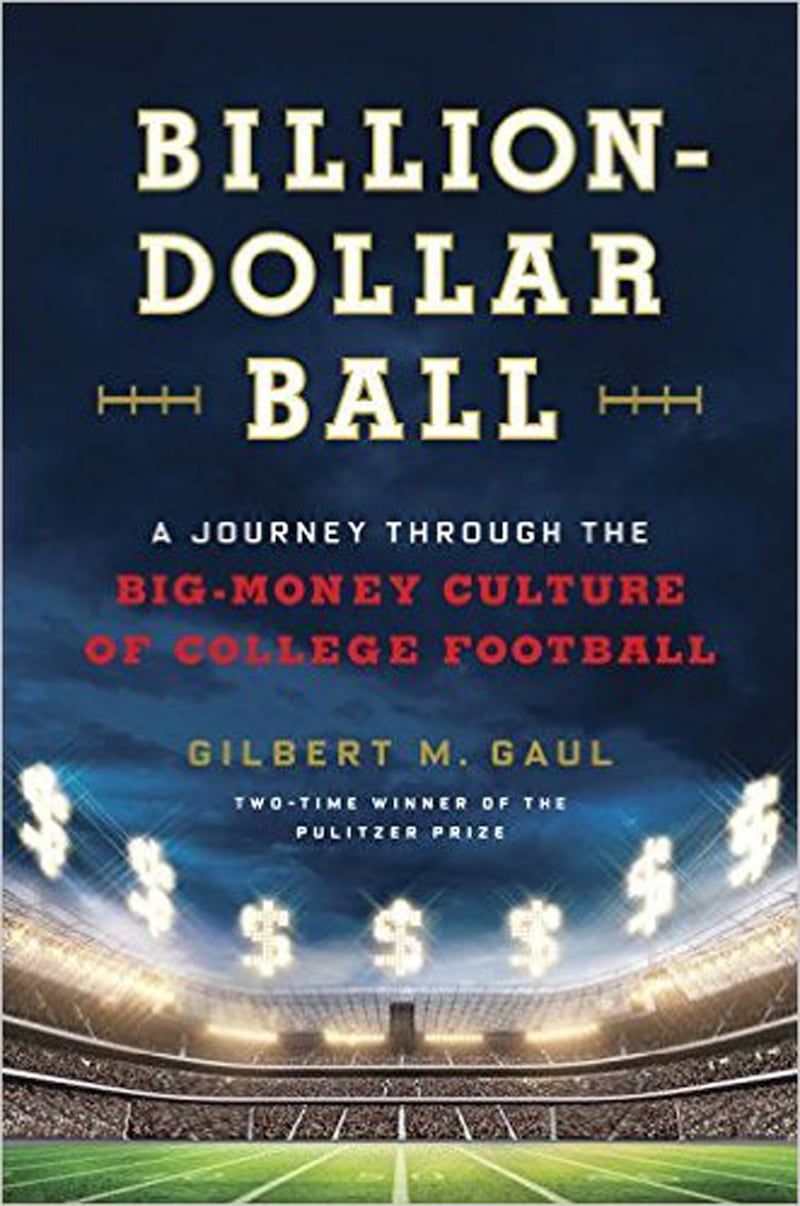
If you want to maintain any faith in the notion of student/athlete/scholar and the joys of amateur athletics, don’t read this book about the college game as a $2.5 billion-a-year entertainment business. Two-time Pulitzer Prize winner Gilbert M. Gaul rolls out the cold facts: College football coaches are the highest paid public employees in more than 25 states; football players receive disproportionately more scholarship awards than academically gifted students; athletes enjoy outlandish facilities unlike anything else on campus, e.g., the University of Oregon’s $42 million “academic” center for athletes.
Leifer: The Golden Age of American Football by Neil Leifer, Jim Murray, and Gabriel Schecter
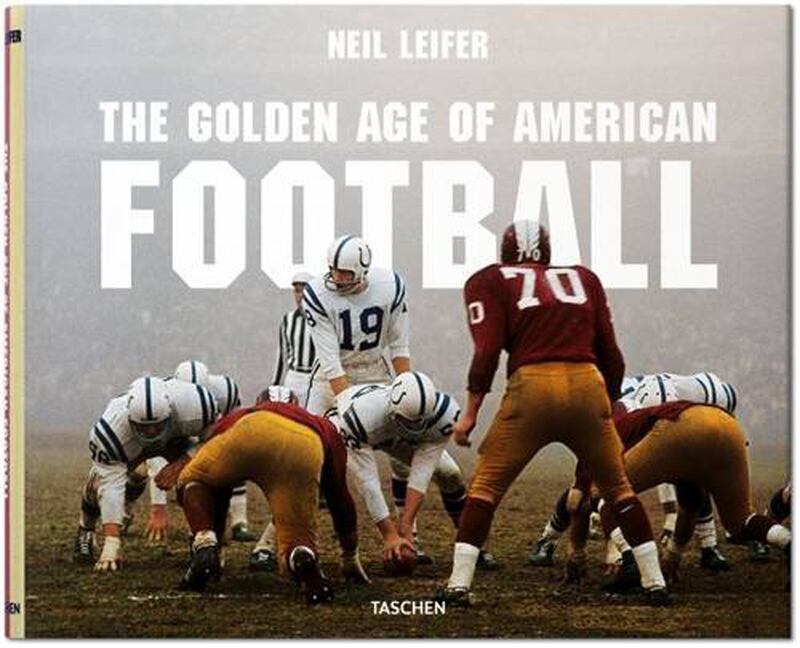
Veteran sports photographer Neil Leifer, whose career spanned five decades, has taken any number of iconic sports photos, e.g., Muhammad Ali towering over a fallen Sonny Liston. For this collection he culled his archives of 10,000 rolls football film. Sports historian Gabriel Schechter selected and edited relevant columns by sportswriting great Jim Murray and also provided vivid captions for Liefer’s majestic photographs of the legendary players, coaches, and games. The high-quality reproduction and sparse design make this a formidable coffee table staple.

